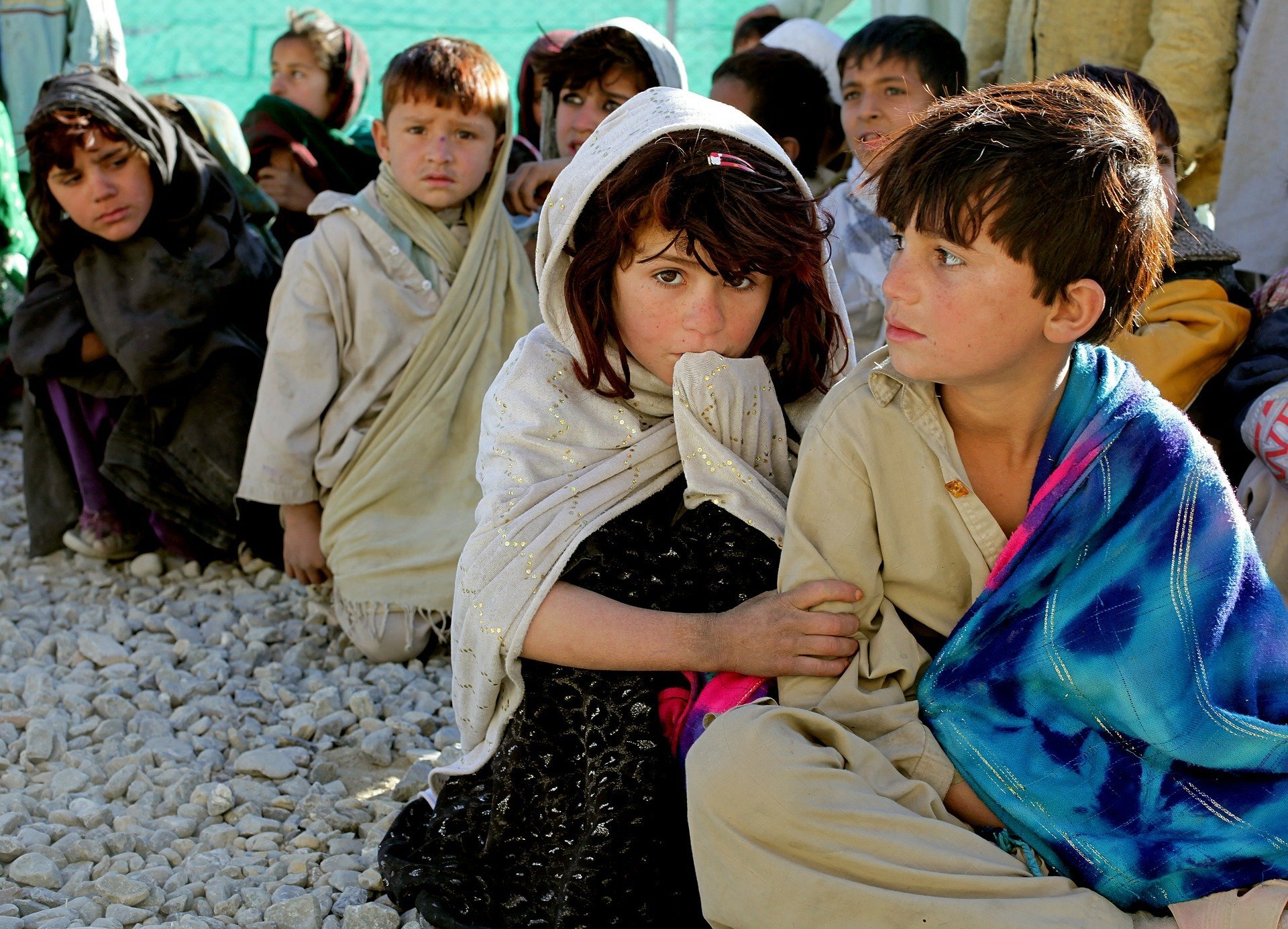
Together, We Can Reduce Infection
Bringing Innovative Medical Devices and Evidence-Based Education to:
Brazil, Sub-Saharan Africa, Emergency/Field Medicine, Low-and-Middle-Income-Countries
WEBINAR
Wound Infection in Humanitarian Emergencies
16 March 2021 | 3 pm (GMT) | 11 am (New York)
Exploring cross-sector data and guidelines, IRP and leading humanitarian organizations aim to discuss best practices on acute wounds during humanitarian response.
- [Moderator] Tessy Antony de Nassau, Director and Founder, Finding Butterflies, Ambassador to UNAIDS, Patron to UNA-UK
- Dr. Pascal Cassan, MD, Head of Global First Aid Reference Centre, International Federation of Red Cross and Red Crescent Societies
- Flavio Salio, Team Lead - Emergency Medical Teams at World Health Organization
- Kim Delahanty, BSN, PHN, MBA/HCM, CIC, FAPIC, Infection Prevention Control Advisor/Referent, Doctors Without Borders/Médicins Sans Frontières USA/OCP
- Dr. Gerald L. Klein, MD, Principal at MedSurgPI, LLC and wound infection consultant
IFRC Guideline: Link > International First Aid Resuscitation and Education Guidelines 2020
WHO Guideline: Link > Management Of Limb Injuries During Disasters And Conflicts
WHO Guideline: Link > Global guidelines for the prevention of surgical site infection
THE INFECTION PROBLEM
Surgical Infection
Surgical-site infection was the leading infection in hospitals…strikingly higher than proportions in developed countries.
C-section
The vast majority (76.7%) of CSs performed were emergency operations…The surgical site infection rate was 15.6% and the wound infection rate 10.3%.
Contaminated & Traumatic Wounds
For disaster and emergency situations, the most common, important, and preventable challenge to wound healing is preventing infection. The failure to do so can have a significant impact on morbidity, mortality, quality of life, and costs

MISSION
IRP’s initial mission is to reduce wound infection with a focus on low-and-middle-income-countries and in emergency management settings worldwide, targeting:
Surgical wounds | Contaminated & Traumatic Wounds | C-section incisional wounds
OUR FOCUS
We collaborate with partners to identify needs and impact key clinical and economic metrics associated with wound infection
IRP supports projects to bring innovative devices and evidence-based education programs and protocols to these channels:
Government Health Systems in Low-and-Middle Income Countries, Brazil, and Sub-Saharan Africa
EMS, FEMA and other US and OUS government agencies for disaster management
NGOs focused on emergency medicine medical relief, humanitarian medicine, and women’s health
NATO forces through NSPA procurement
OUR PRODUCTS
Effective wound irrigation is key to reducing infection.
Irrisept Antimicrobial Wound Lavage is an innovative, easy-to-use, robust, and versatile wound irrigation device.
The device design and packaging facilitates use in varying applications including field use, hospital use, emergency, and disaster situations. Irrisept is manufactured by Irrimax Corporation and is cleared as a Class II Medical Device in the US and other countries. Irrisept contains low concentration 0.05% Chlorhexidine Gluconate (CHG), a broad-spectrum antimicrobial preservative agent, shown to be effective against a broad spectrum of gram positive and negative bacteria, as well as several fungi and viruses. End users simply squeeze the bottle to generate controlled streams of pressurized solution. The mechanical action of the device effectively loosens and removes wound debris. Irrisept has demonstrated safety across multiple tissue types. 14 issued/pending patents across more than 40 countries. Packaged sterile for use in multiple environments.
Download Irrisept product information below, or request an Irrisept sample by completing the form:

ABOUT
Infection Reduction Partners is a cross-sector collaborator, working with leading healthcare professionals, ministries of health, innovative medical suppliers, logistics providers, and humanitarian aid organizations, all working together to reduce wound infections.
IRP supports education and training on best practices and facilitates implementation programs with innovative interventions to improve clinical and economic outcomes. The key to success of any clinical implementation program is to show economic benefit to the healthcare system. IRP is funded through philanthropic grants and through the sale of innovative interventions.
The IRP team is led by Sam Zaidspiner, who helped to launch an innovative wound irrigation device, Irrisept, in 2010 and served for 10 years as an executive. Irrisept has helped millions of people in healthcare. Propelled by the purpose of reducing infection, IRP is now focused on bringing Irrisept and other innovative interventions into channels where wound infection is a major problem.
The IRP team and advisors have significant experience in cross-sector collaboration, bringing together leaders to improve healthcare in way that is economically sustainable.
OUR PARTNERS
IRP’s partners have experienced teams and sophisticated systems to support the challenging distribution and logistics needs of each project.

Contact
Contact Sam Zaidspiner, Principal, at info@InfectionReductionPartners.com,
+1-404-317-9335 Mobile/WhatsApp or fill in the form below and we will get back to you.




























